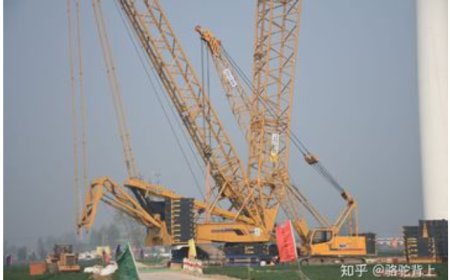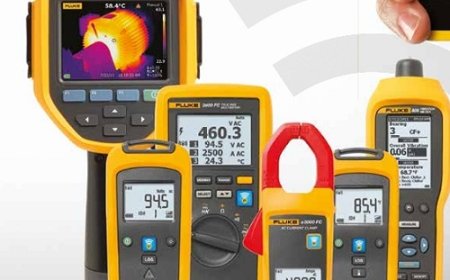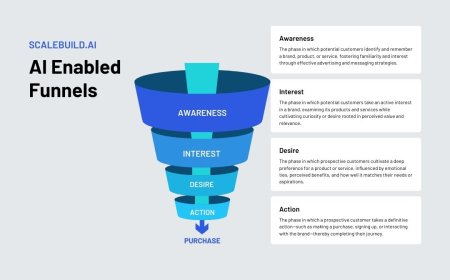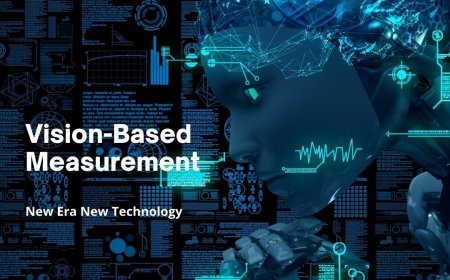How AI Integration Is Evolving the Role of VMS Software in Security
Explore how AI integration is transforming Video Management System (VMS) software—enabling real-time threat detection, automated alerts, and smarter security operations.

Conventional surveillance systems have been an important element of security management. However, in today's world of growing threats and complex environments, vms software (Video Management System software) needs to do more than just store and stream video feeds. With the integration of Artificial Intelligence (AI), video management system software is transforming into an intelligent security platformcapable of detecting, analyzing, and even predicting threats in real time.
This blog describes the transformation of VMS capabilities that AI is bringing, and how VMS surveillance is becoming smarter, faster, more efficient to support any enterprise and city-wide surveillance needs.
What Is VMS Software and Why Is It Important?
VMS software is the central platform used to collect, manage, and view video footage from surveillance cameras across a network. It enables the operators to survey several places, capture and review the records, and relevant permissions and alerts.
However, with video surveillance data increasingly becoming more voluminous and more sophisticated, even traditional VMS tools are unable to keep pace. This is where the implementation of AI can play the difference, introducing the element of intelligence that can provide a further capacity of the system to understand what it visualizes.
How Is AI Enhancing Video Management System Software?
AI augments VMS software by automating the analysis of video footage in real time. Rather than relying on manual observation, the system can now detect unusual behavior, classify objects (vehicles, humans, bags), and generate alerts for predefined security rules.
Key enhancements include:
-
Real-time video analytics for faster threat detection
-
Facial recognition and license plate recognition
-
Abandoned object and loitering detection
-
Crowd density and motion pattern analysis
-
Automatic alerting to human operators only when action is needed
These features significantly reduce human error and free up resources for more strategic security tasks.
What Are the Benefits of AI-Enabled VMS Software?
An AI-powered video management system software delivers more than just footageit becomes an active player in threat prevention and situational awareness. Some key benefits include:
-
Faster incident response: The system can detect an incident as it unfolds and alert relevant personnel in real time.
-
Operational efficiency: AI filters irrelevant footage and flags only what matters.
-
Scalability: Systems can analyze thousands of cameras simultaneously across large sites.
-
Improved decision-making: Data analytics help security managers understand behavior patterns and optimize protocols.
By turning passive video feeds into actionable intelligence, AI makes VMS more proactive and reliable.
How Is AI Used in Real-World VMS Applications?
Across industries and government sectors, AI-powered VMS systems are proving their value. For instance:
-
In smart cities, VMS integrated with AI can detect traffic violations, illegal parking, or crowd build-up in real time.
-
In airports and transit hubs, facial recognition and object tracking enhance both safety and operational flow.
-
In critical infrastructure, VMS platforms detect perimeter breaches or loitering near sensitive areas.
-
In enterprises, AI alerts security teams to unauthorized access or after-hours movement automatically.
These use cases demonstrate that AI doesn't just modernize surveillanceit revolutionizes how organizations manage risk and maintain safety.
What Should Organizations Consider Before Adopting AI-Integrated VMS?
While the benefits are clear, successful deployment requires strategic planning. Before upgrading to an AI-powered VMS, organizations should consider:
-
System compatibility with existing cameras and infrastructure
-
Scalability for future expansion
-
Data privacy and compliance with local regulations
-
Vendor support for updates and integration
-
Ease of use for operators
Choosing the right solution from a trusted provider ensures long-term performance and adaptability.
Conclusion: The Future of VMS Is Intelligent
The evolution of conventional surveillance to smart video management is well on. AI incorporations can no longer be considered optional but rather a necessity towards getting the best that could be achieved with the video data that is so large and complicated today.
Since threats against security are changing, so has to be the solution against the same issues. AI-powered VMS software enables faster response times, smarter analysis, and a higher level of security resilience.
At the forefront of this innovation is Videonetics, whose intelligent video management system software empowers organizations and cities to see more, understand better, and act faster.
































